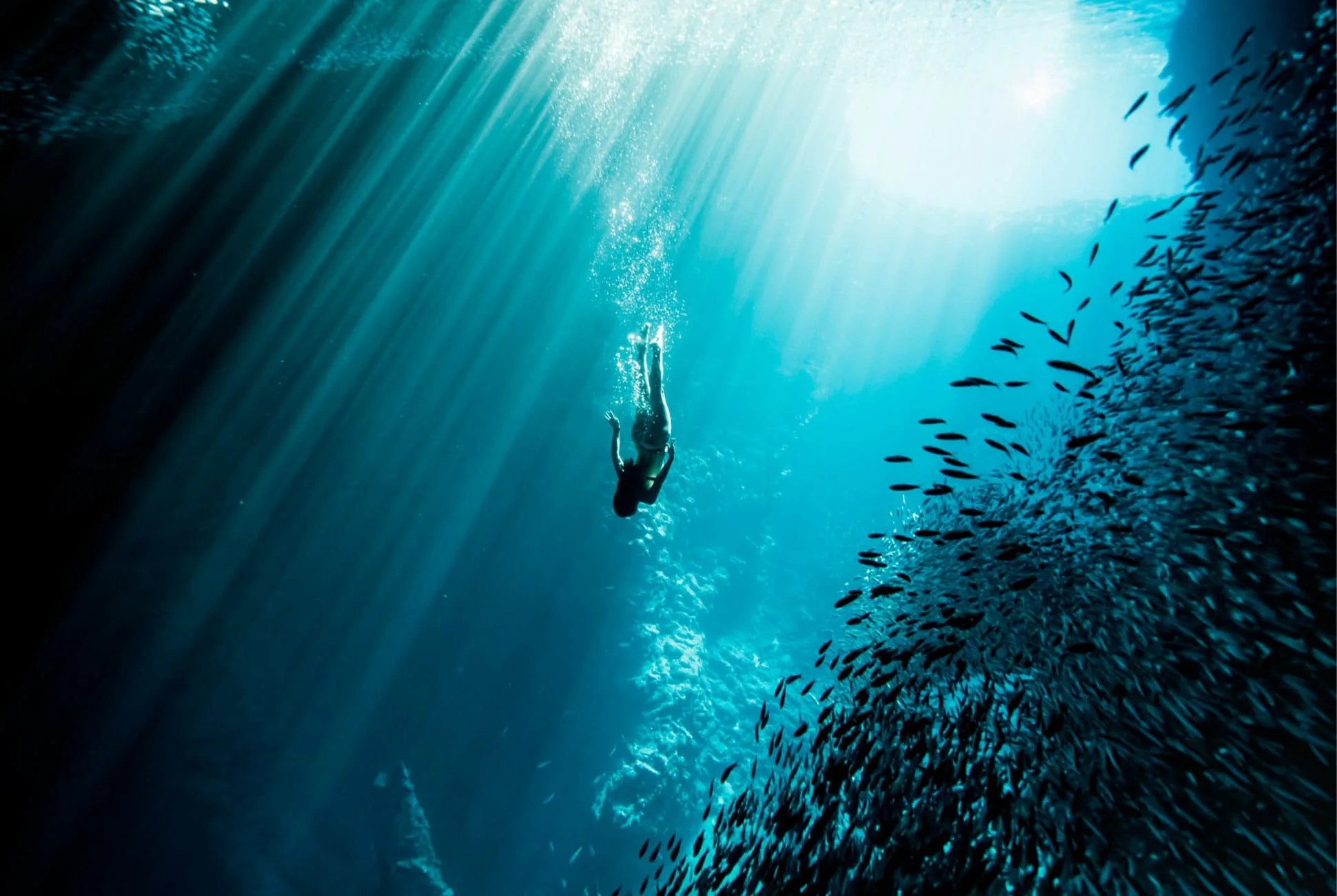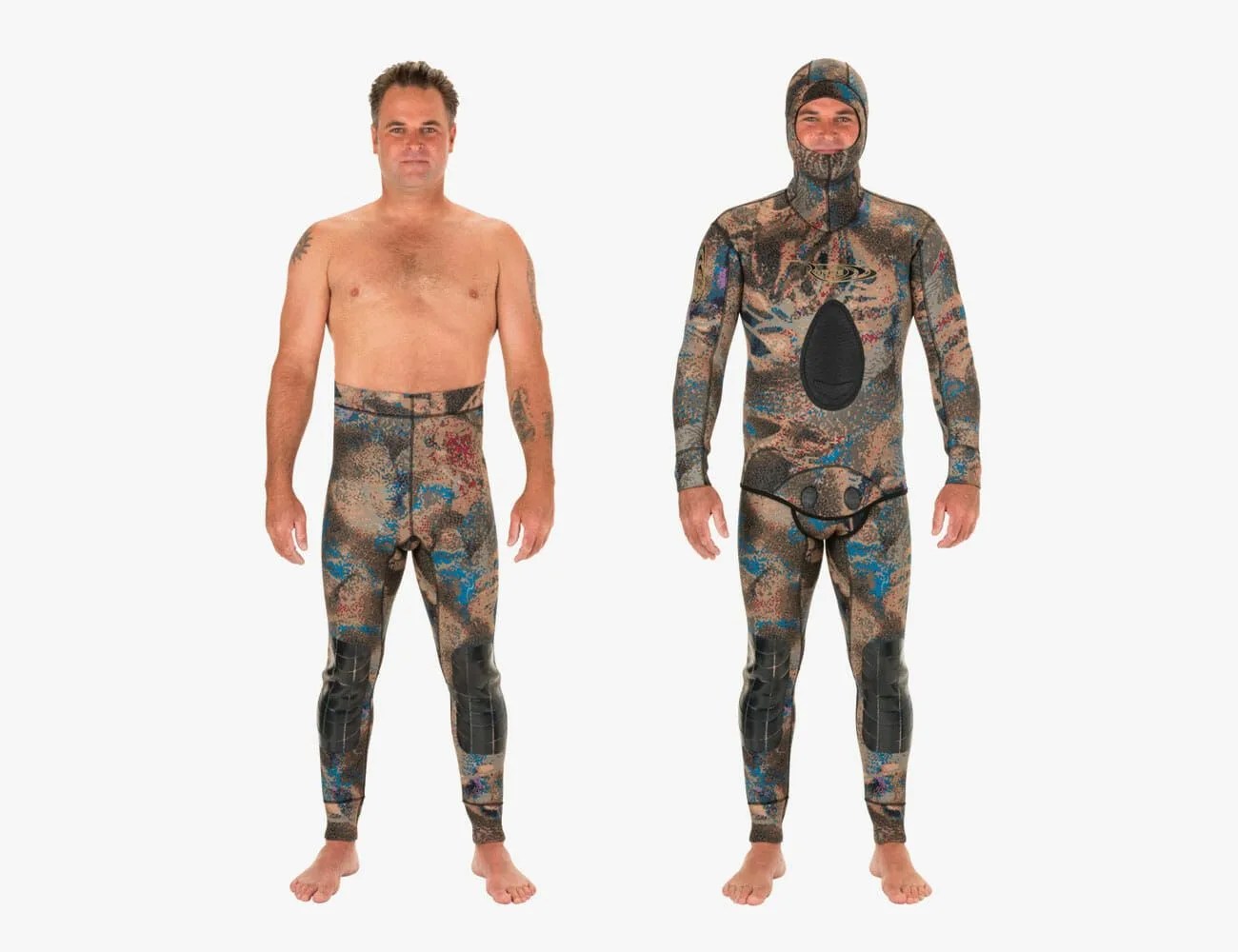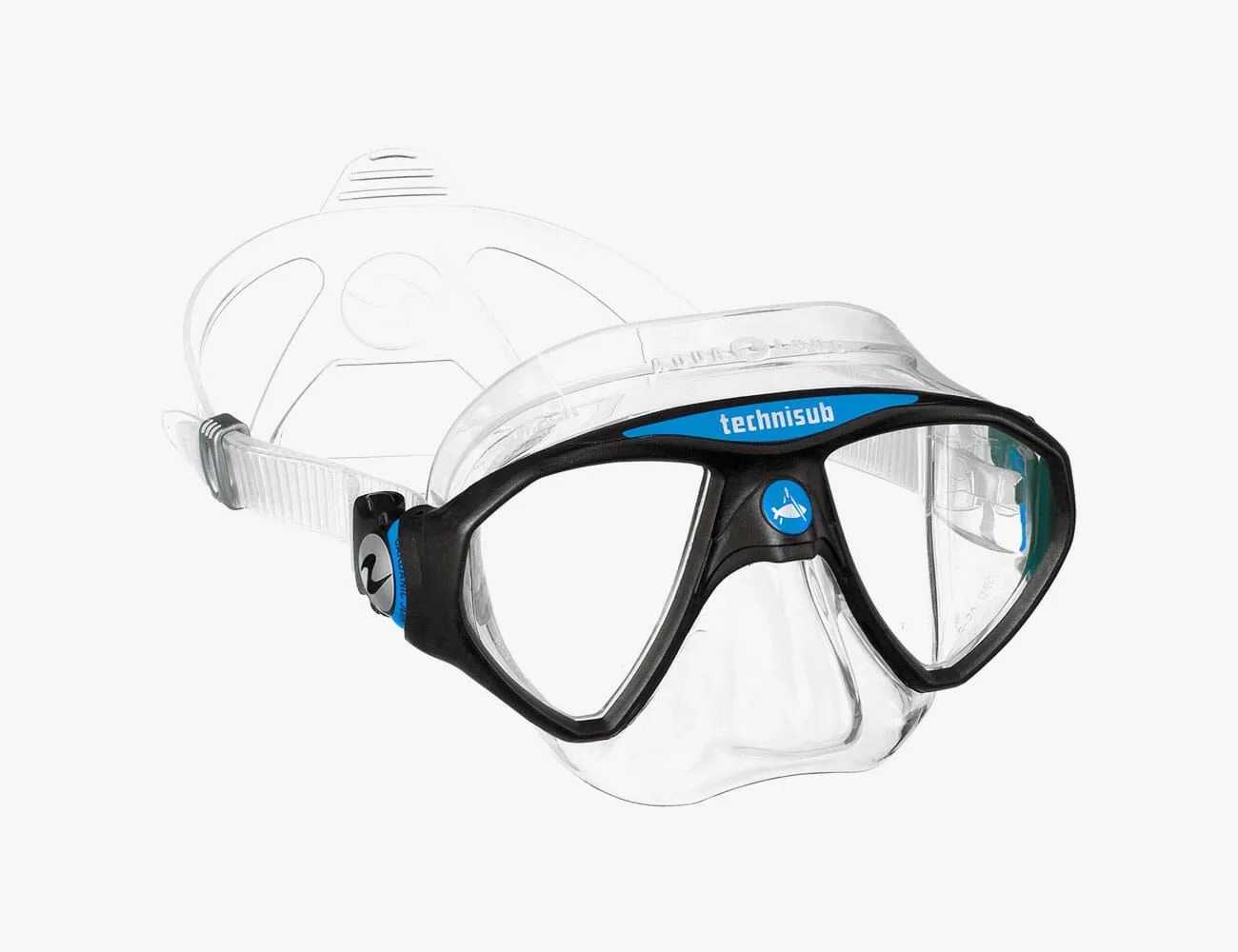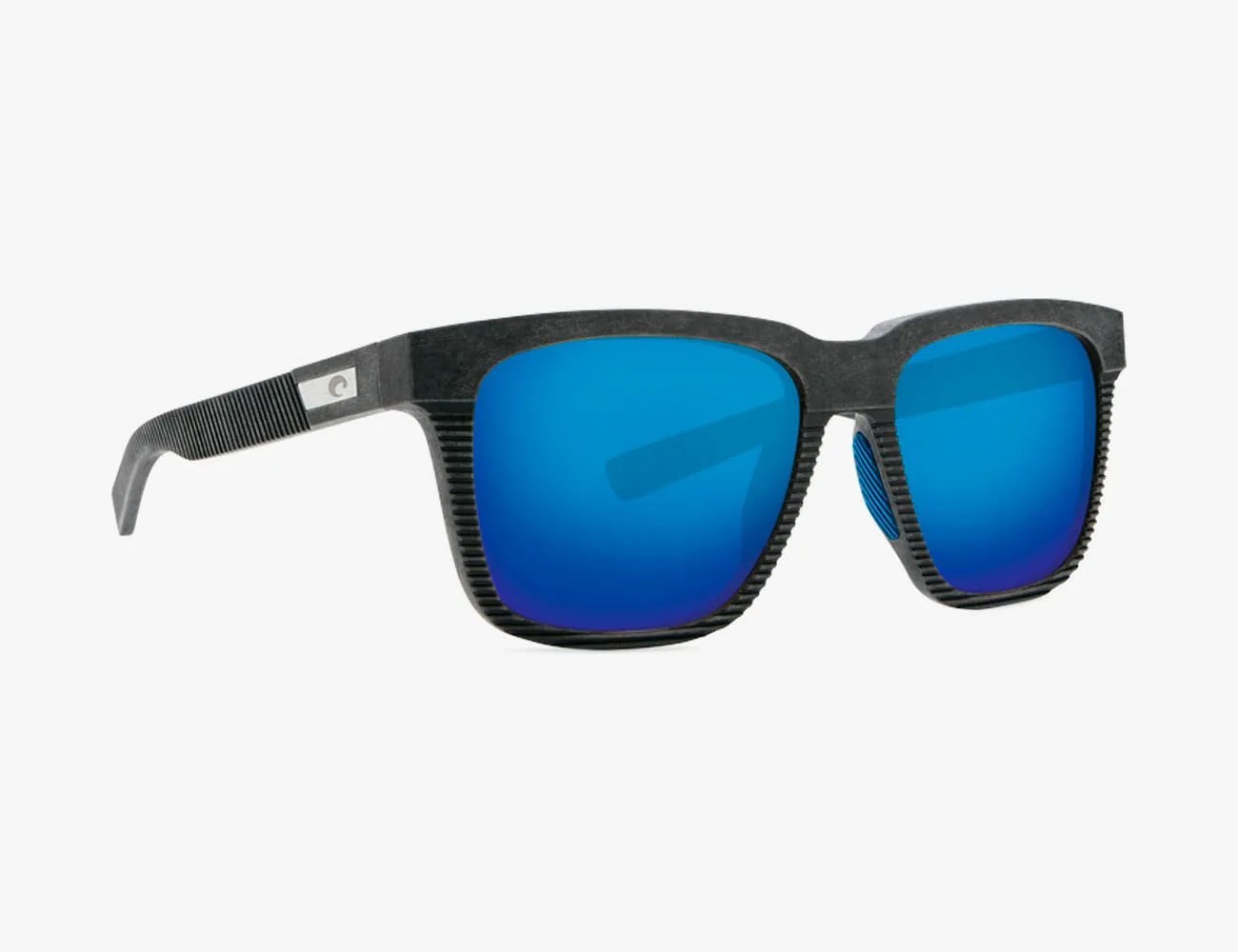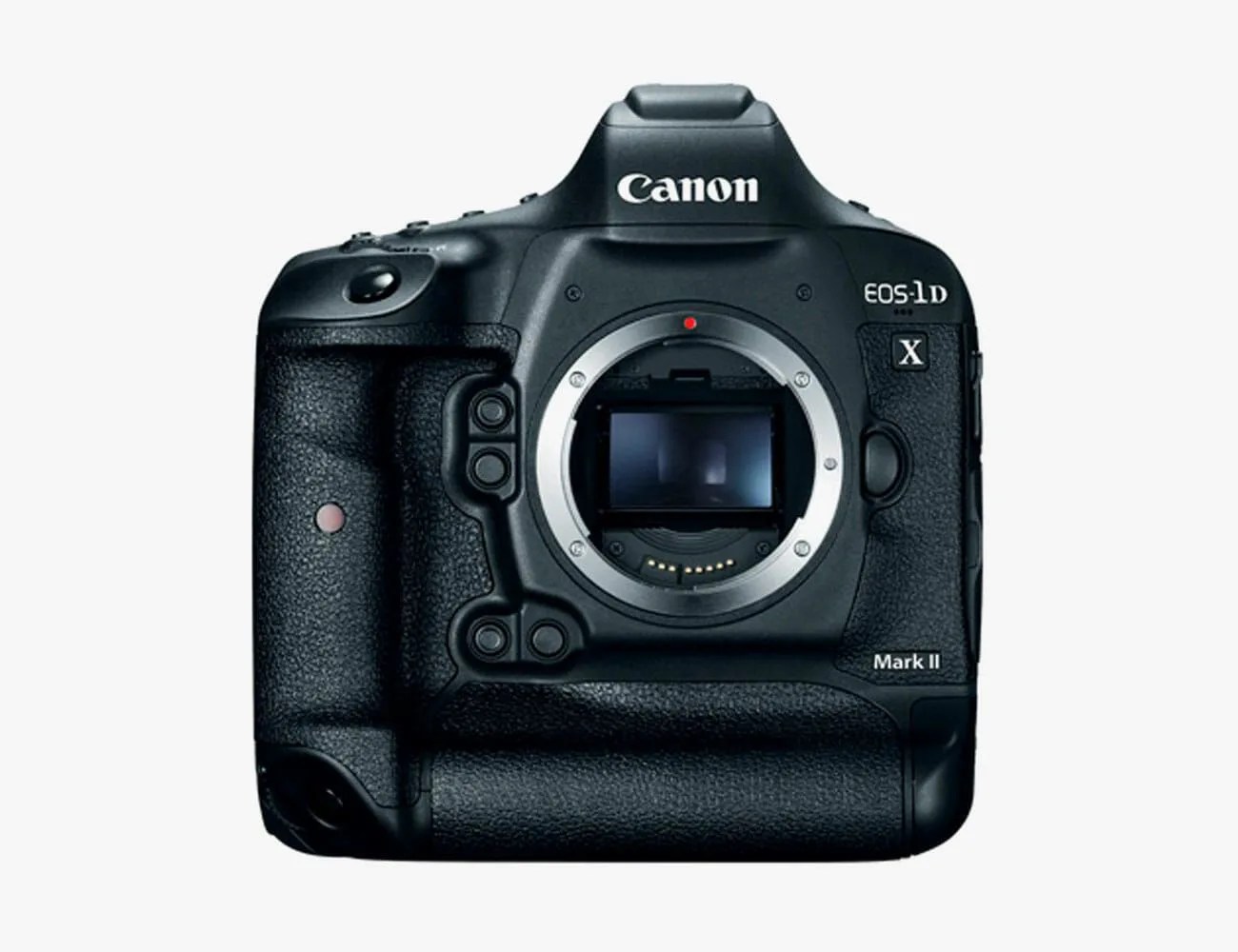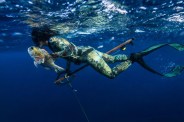If you like to hold your breath underwater, freediving could be for you. It’s an extreme sport where athletes challenge themselves to dive as deep as they can without any supplemental oxygen or dive tanks. Basically, it’s scuba diving sans any equipment. While it may seem simple to do, it does take training and technique. Taking a course with an expert is a good way to get introduced to the sport. The Professional Association of Diving Instructors (PADI) offers classes for beginners that will teach you the basic principles of freediving, and then you’ll learn how to hold your breath with the goal of helping you reach 90 seconds. From there, instructors recommend you get in touch with your local dive center to figure out where to go.
To get an insider’s perspective, we tapped Perrin James, free diver turned spear fisherman turned videographer who travels around the world to find interesting sea creatures. You can check out his work online and on his Instagram which is filled with deep blue pictures from his latest off-the-grid location. The majority of his work is in conservation, commercial, documentary TV or documentary-style movies.
Here are James’s recommendations for the gear you’ll need to get started — and what’s worked for him for years.
Freediving Fins
Moana Carbon Fiber Hybrid Blades
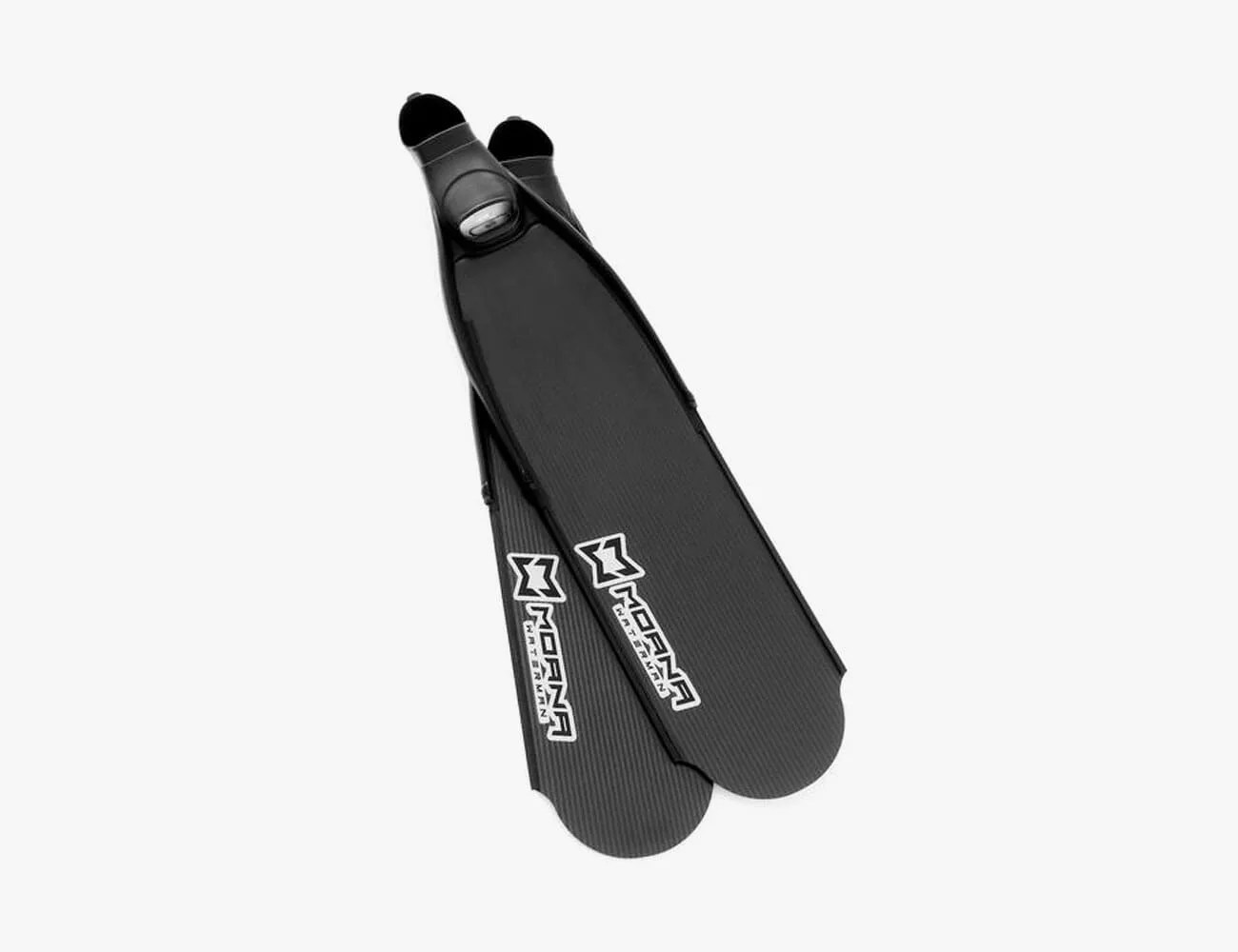
James uses carbon fiber hybrids made by his friend Brad at Head Hunter Spearfishing. “Out of all the gear we use in the water, your fins are what’s going to make the biggest difference when pushing deeper depths or going the distance.” James has about five different pairs for all different types of dives. Longer, stiffer blades are best when pushing depths while softer, shorter fins are ideal for dives where you might cover more ground like the Caribbean, and they put less pressure on your knees and ankles when swimming miles.
